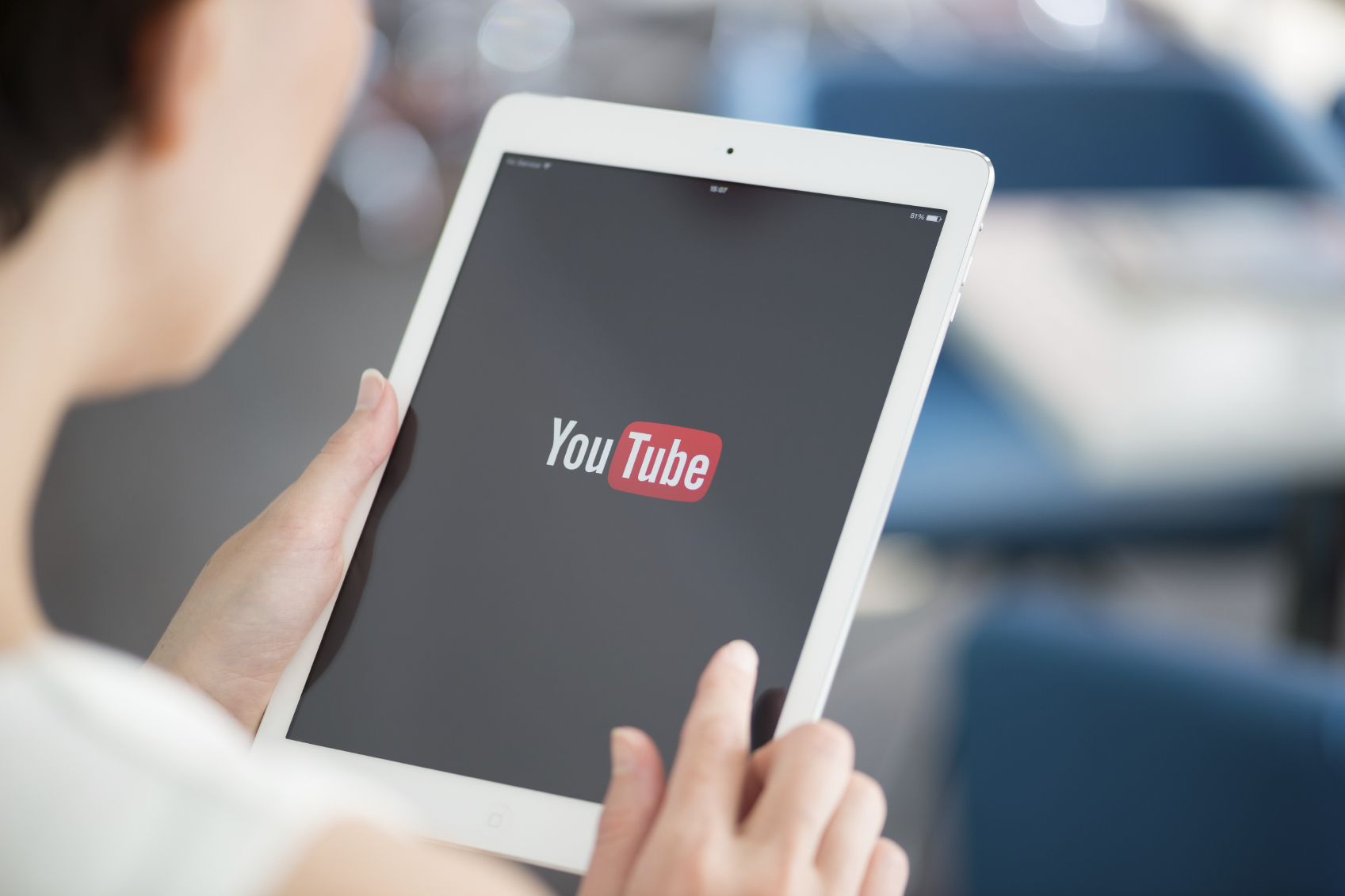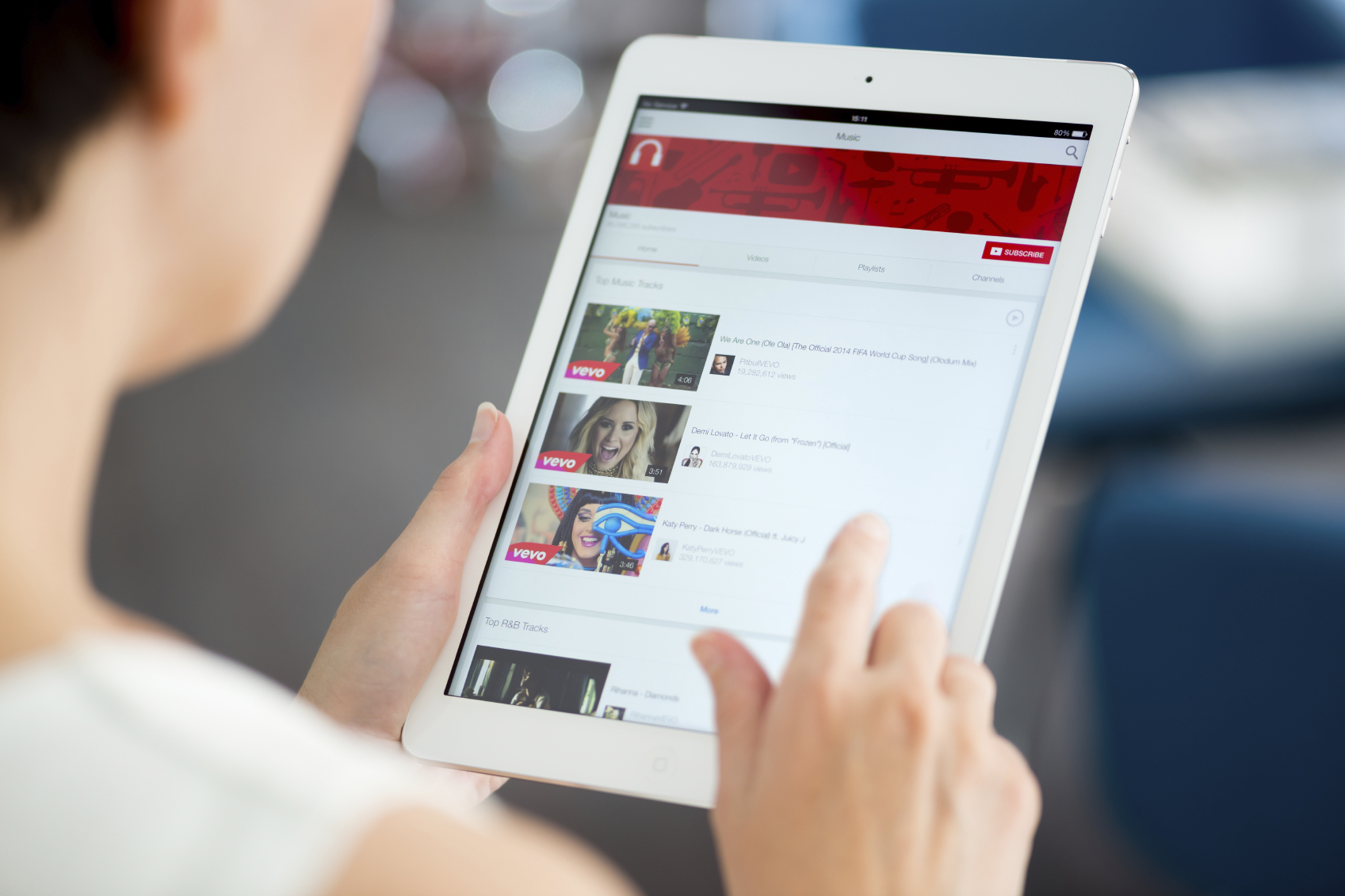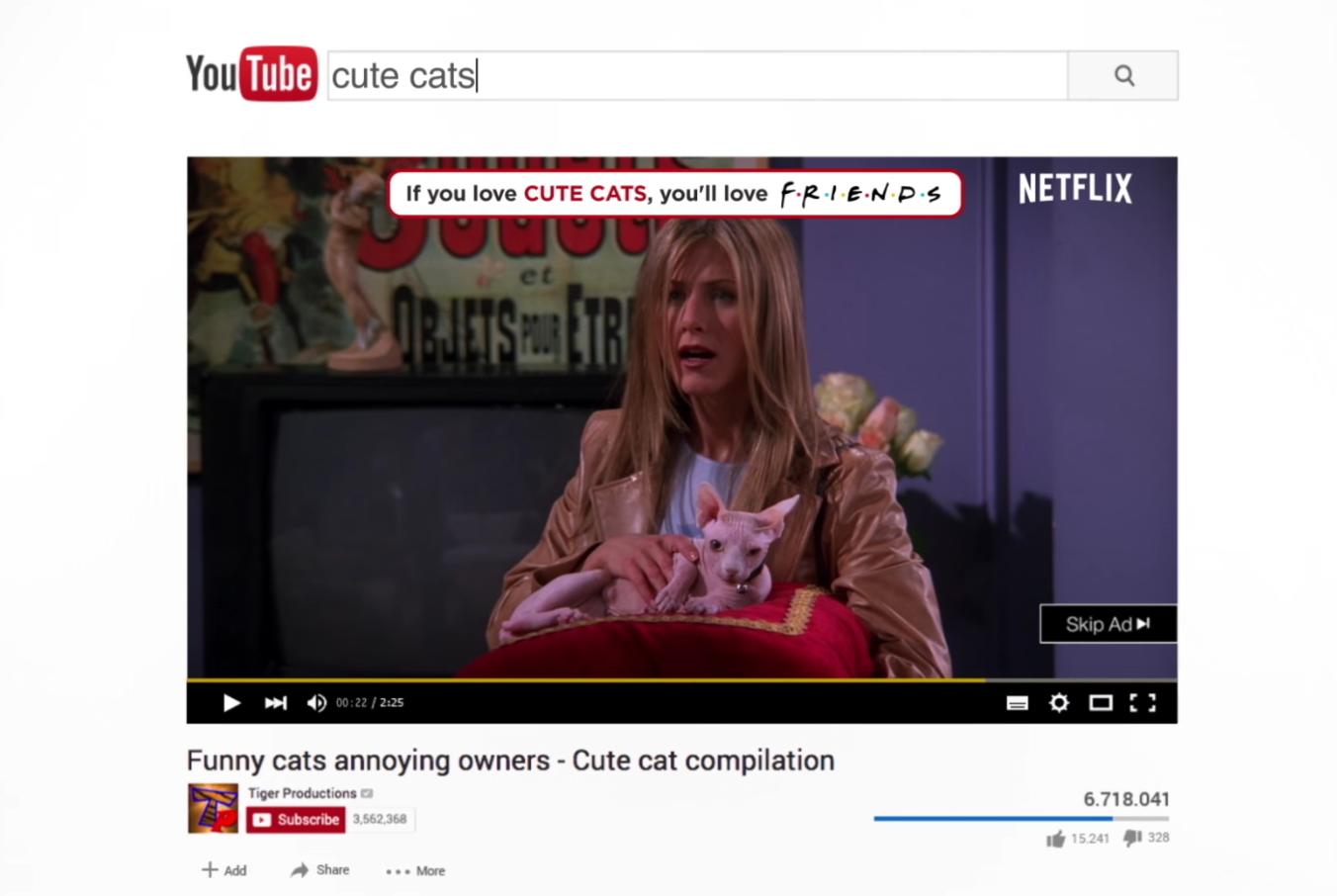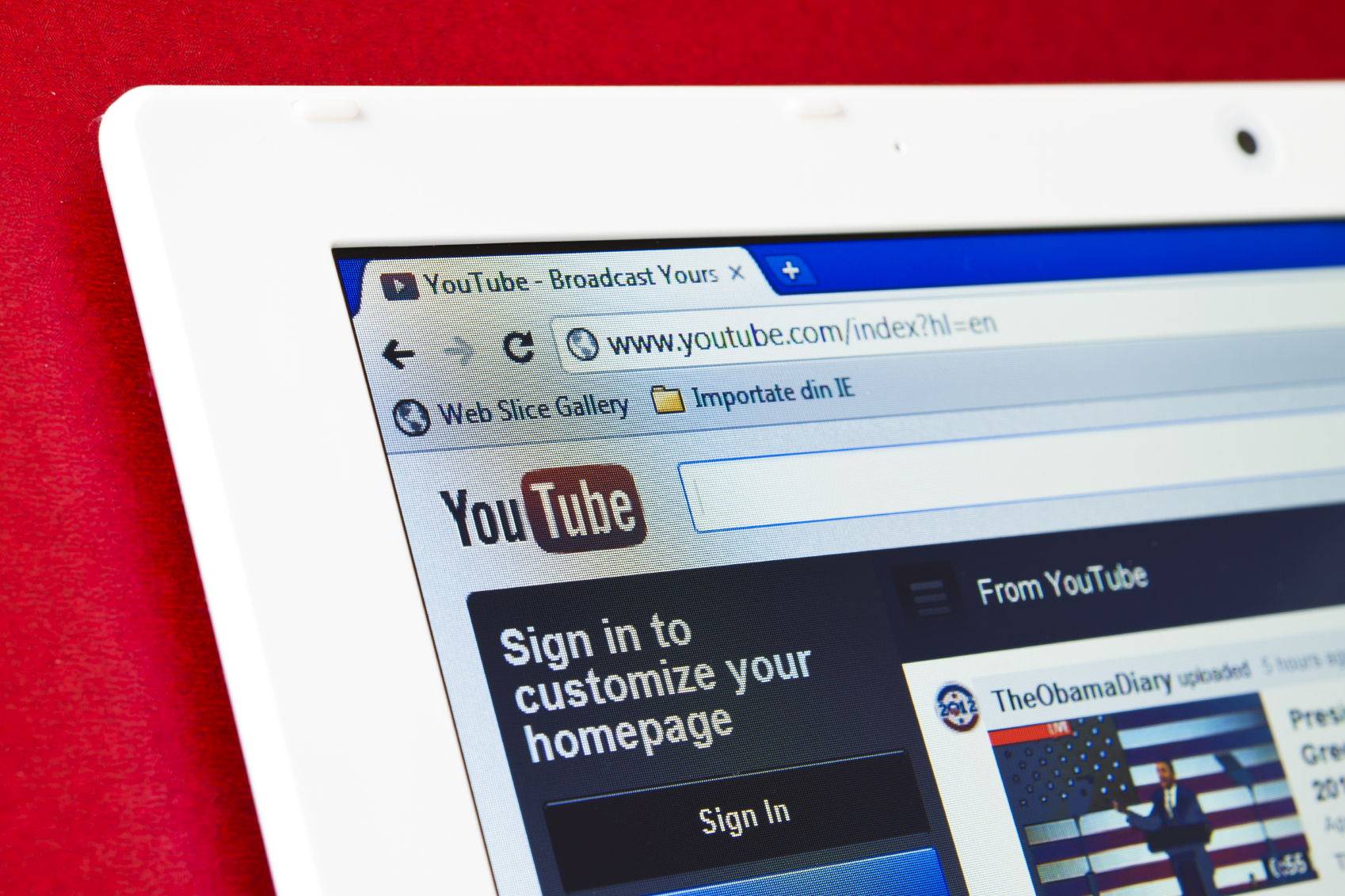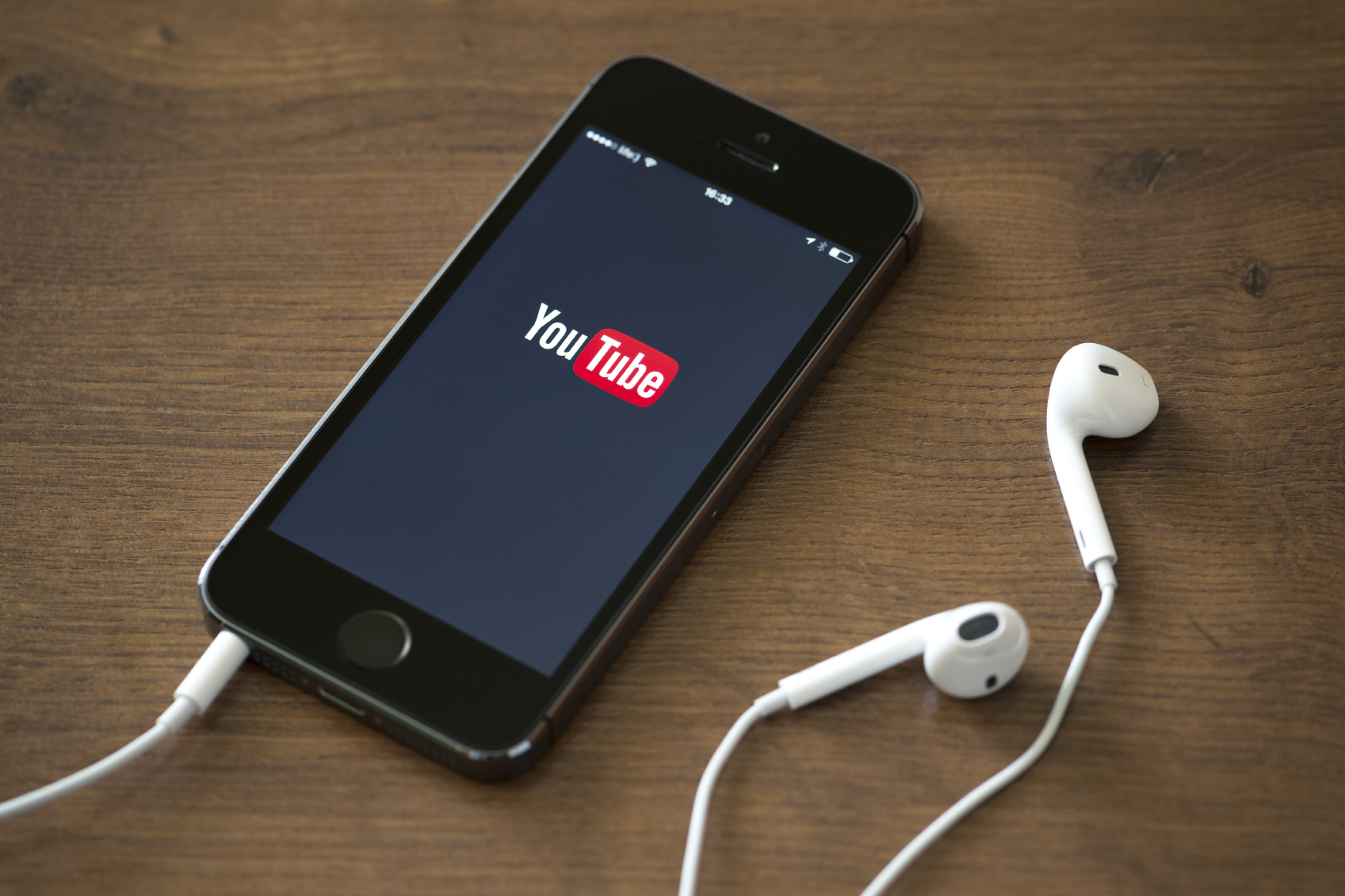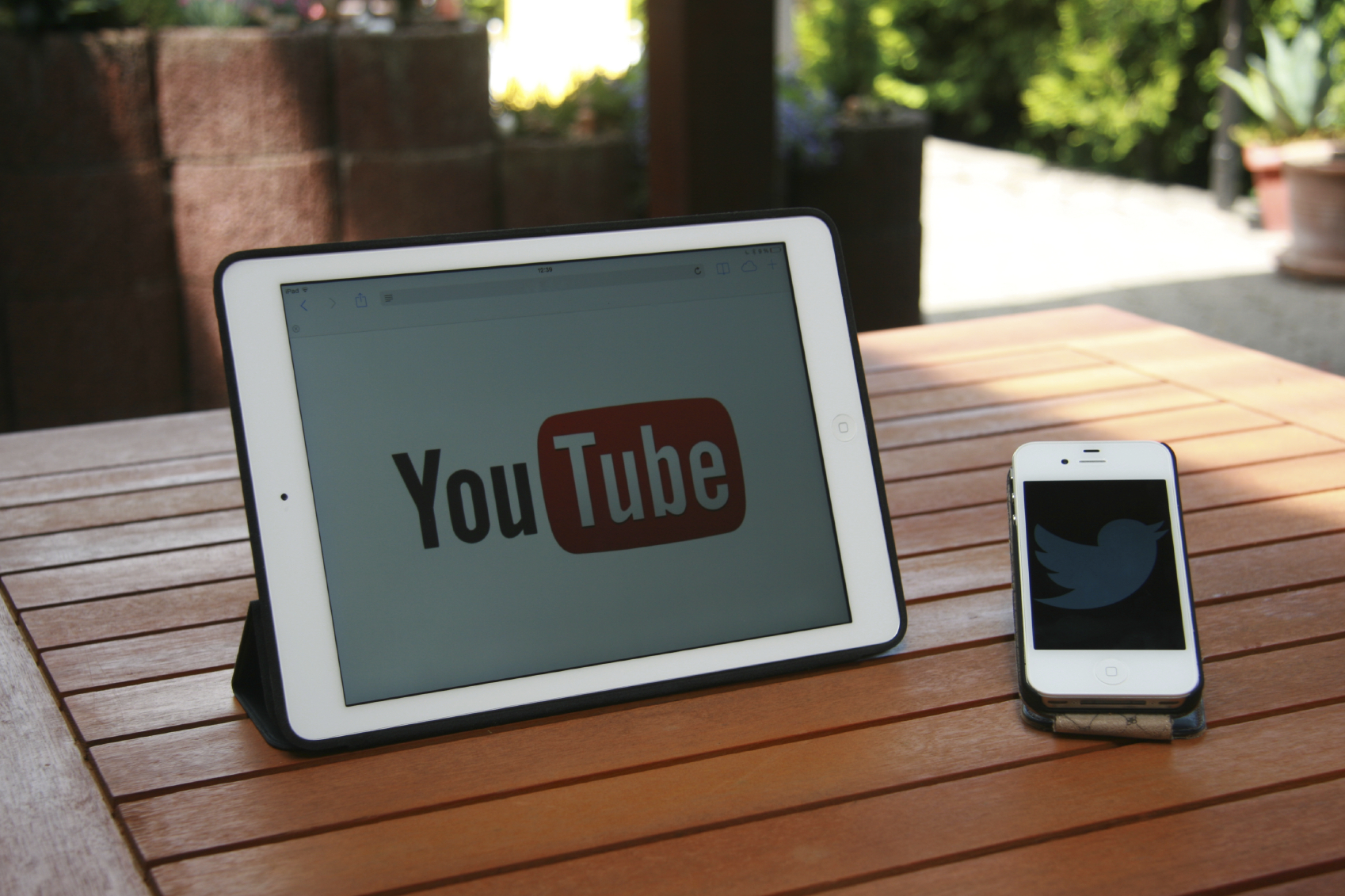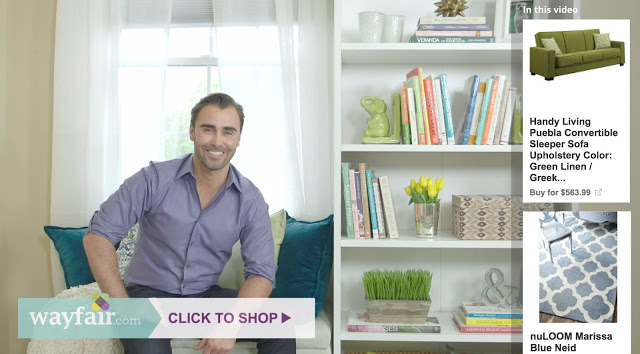What Happened
The National Football League has struck a multiyear renewal of their partnership with YouTube to expand the content they provide YouTube with, including, for the first time ever, full-length games. Under the expanded deal, the NFL will post a total of 96 games to its official YouTube channel, and it will increase the number of in-game highlight clips it uploads to YouTube. That being said, YouTube will not be getting live NFL game simulcasts, the rights of which the NFL has awarded to Twitter.
What Brands Need To Do
With consumers increasingly migrating from consuming media content on TV sets to streaming on their mobile devices, it makes sense that the NFL is following the eyeballs and putting more content on YouTube. Last week, YouTube reported that it now reaches more audience in the coveted 18-49 demo than the top 10 TV shows combined during primetime. For brands, this means it is time to consider reallocating their ad spending between digital and TV, and leverage YouTube’s massive audience to reach more online consumers.
Source: Variety
